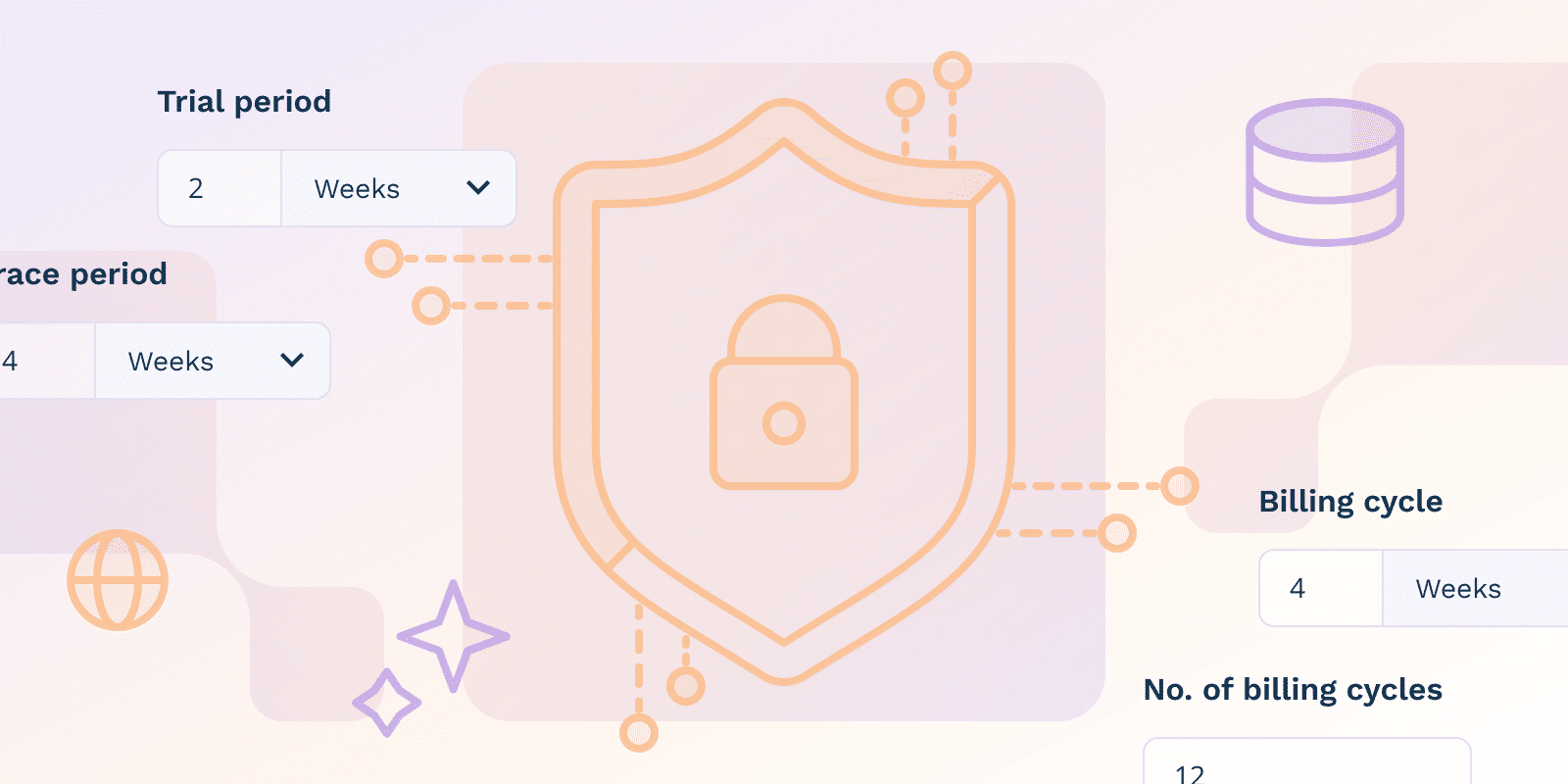Cloud Enabled Operations
What is Centralized Log Aggregation for SaaS?

What is Centralized Log Aggregation for SaaS?
Centralized log aggregation for SaaS is the process of collecting log data from various sources within a SaaS application and its underlying infrastructure and storing it in a central repository.
This repository can be a dedicated log management platform, a cloud-based service, or even a simple file server.
What are the benefits of using a SaaS platform for centralized log aggregation compared to an on-premises solution?
SaaS log aggregation helps with scalability and cost-effectiveness, whereas on-premises tools can amplify problems in these areas. You should also use SaaS log aggregation if accessibility is important to you.
Examples include:
- No hardware/software investments are necessary because of resources and infrastructure; on-premises tools are comparatively expensive. You should use SaaS if you need to scale your operations based on changing needs.
- Because of upfront investment on hardware/software, you may lower costs; on-premises deployment is notoriously pricey and time-consuming, along with being inflexible.
- Simplified budget management because of no ongoing costs; you have to regularly manage and maintain on-premises software, which results in more expenses.
How does centralized log aggregation work?
Centralized log aggregation captures logs from different sources. After doing this, it normalizes and then unifies them within one consolidated and central repository.
Log aggregation results in data analysis and correlation having a unified audit trail. You may also have regulatory compliance due to the single source of truth for operational and security topics.
How does real-time anomaly detection work in practice, and what are its benefits?
Real-time anomaly detection involves analyzing log data as it is in the moment. By doing this, you should notice patterns that are not normal.
Long Short-Term Memory (LSTM) models and other techniques enable this. These models facilitate the detection of anomalies across multiple log lines by representing log-event sequences’ temporal dependencies.
When using this kind of anomaly detection, you should address potential problems before escalation. Use anomaly detection for system reliability and resilience; security breaches, data loss, and service disruptions can occur without it.
What are the main stages of how log data is stored, managed, and processed?
After being collected from different sources, log data is aggregated in one location on a single platform. Then, log management platforms and other tools manage the information – before processing for you to analyze and monitor.
Once tools have filtered logs and put them into categories, you should use the data to troubleshoot errors. You should also use the data to note necessary system improvements and identify trends.
Security measures and proper configuration must form part of your practices. Data retention policies are also needed.
Why are log normalization and parsing crucially important for security and compliance?
Log normalization and parsing standardize and structure data from different sources, meaning that you should use them for security and compliance purposes. Use the search and analysis features in your incident response framework.
Standardized logs are a single source of truth for CrowdStrike and other operational/compliance use cases, though it can be computationally expensive.
Parsing and normalization logs in SIEM systems also enable in-depth event management and security analysis (TechExamPrep); note that like normalization, this may consume a lot of data.
What are the potential disadvantages of log aggregation?
Potential aspects to consider are:
- Data Management: You might need effective data management practices to handle large volume logs from several areas.
- Data Complexity: Prepare for diverse data formats and structures with advanced normalization and parsing tools.
- Data Security: You’re likely dealing with sensitive log information, so implement data privacy and security practices.
| Aspect | Challenges | Recommended Practices |
|---|---|---|
| Data Management | ||
| Volume | Large log volumes from multiple sources | Implement effective data management practices |
| Complexity | Diverse data formats and structures | Use advanced normalization and parsing tools |
| Security and Compliance | ||
| Data Sensitivity | Handling potentially sensitive log information | Implement robust data privacy and security practices |
| Compliance | Complex regulatory requirements | Develop comprehensive data retention policies |
| Performance and Resources | ||
| Processing | Computationally expensive parsing and normalization | Optimize log processing infrastructure |
| Infrastructure | Requires dedicated hardware and expertise | Invest in specialized log management tools |
What are some common use cases and challenges associated with log aggregation and analysis?
Log aggregation is essential for centralizing log management, but its benefits and use cases also come with challenges.
- While compliance and audit logging/collection is centralized and simplified, high log volume management may also be resource-intensive.
- Faster troubleshooting, identification, security monitoring, and incident response are possible – but you need dedicated hardware and expertise.
- Reporting and troubleshooting are easier, but you need to identify potential security and privacy issues.
Conclusion
On-premises tools are clunky and inflexible; centralized log aggregation may provide a stronger log management foundation. You can control your IT infrastructure more closely and make changes more quickly; make sure that you’re prepared before going in, though.
You should use SaaS-based centralized log aggregation if you’re aiming to focus on costs, accessibility, and scalability.